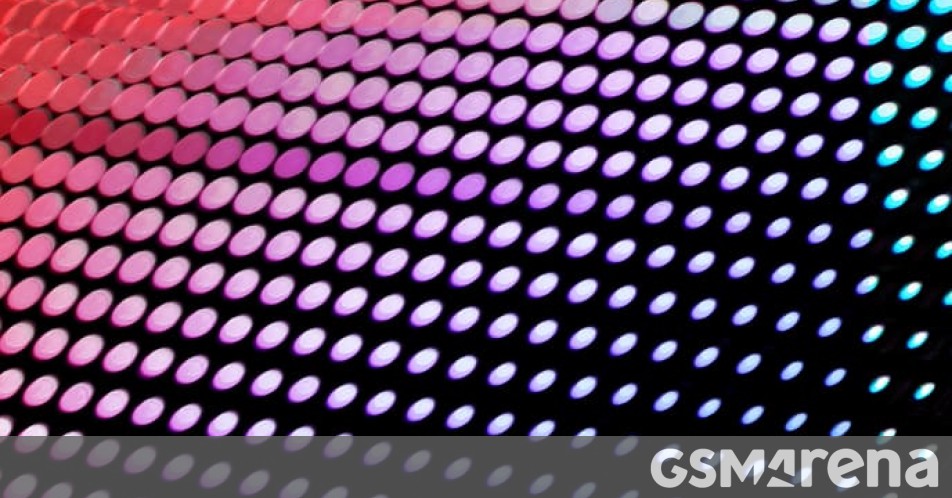Apple is still trying to figure out the best recipe for an affordable Apple Vision Pro and it has given itself plenty of time to do so – the headset has reportedly been delayed beyond 2027. What kind of things is Cupertino considering? TheElec reports that Apple wants to switch to a different kind of display.
The current Vision Pro uses OLED on Silicon (OLEDoS) panels from Sony, which have an impressive pixel density of 3,391ppi. That is out of the question for the affordable headset, so Apple has to choose between two different technologies.
One is W-OLED+CF. This dense acronym describes a White OLED board with a Color Filter (to form the red, green and blue colors). This is built onto a glass plate instead of silicon.
W-OLED+CF schematic
But there are two ways to build the color filter. The more traditional option is to build the color filter on a second glass sheet. This is established technology, but since there’s an extra piece of glass involved, it is thicker.
The option that Apple is leaning towards is to build the color filter on the Thin-Film Encapsulation (TFE) of the first glass sheet, removing the requirement for a second sheet.
Samsung is using such a technology to build the screens for its foldable phones and indeed Samsung is the leading choice for the display supplier for the cheaper Apple Vision headset.
There’s an issue, however. Even though Apple is targeting less than half the pixel density of the pricey Vision Pro, 1,500ppi vs. 3,391ppi, that is still well above the typical density of a folding screen. Looking at the current crop of Z-foldables, the most dense display belongs to the Galaxy Z Flip6 at 426ppi. That is a third of what’s needed.
Of course, 1,500ppi is way overkill for a mobile device and 400+ ppi is quite enough (rigid flagships are typically 500ppi or so). But that still means that Samsung Display has to develop higher density panels for the XR headset. The two-glass solution hasn’t been completely ruled out yet.
Source

